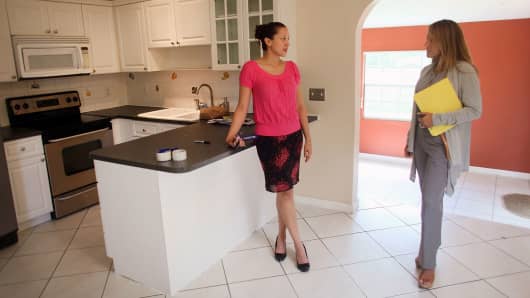There are many ways to reduce your tax burden. Two of the more lucrative ones these days are excluding gains from the sale of your primary home or from a stock sale of a business you own and operate.
The IRS permits capital gains from certain business stock sales to be excluded from federal tax. The catch: It only applies to qualified small business stock acquired after Sept. 27, 2010 that is held for more than five years.
Even better, the federal agency allows taxpayers to exclude up to $250,000 (or $500,000 for payers who file a joint return) of the gain from the sale or exchange of property owned and used as a principal residence for at least two of the five years before the sale.
Here's why that's so powerful as a tax-saving tool.
Traditionally, ordinary income (i.e., a paycheck) is taxed at rates ranging from 10 percent to 37 percent. Because rates are graduated, you won't pay the highest rate on your entire income. For example, you might pay 28 percent in federal taxes as a single earner on up to $191,650 in income, but a higher rate for income above that amount.
Long-term capital gains, on the other hand, have only three tax brackets: 0 percent, 15 percent or 20 percent. For many individuals, this tax tends to be in the 15 percent range. However, this also can vary widely depending on how much you earn. Either way, one thing is clear — long-term gains generally are taxed more favorably than ordinary income.
The process for determining whether you have a long-term capital gain is fairly straightforward. If you've owned an asset for more than a year and one day, long-term rates apply. If it's increased in value, then the gain will be taxed. If the asset has lost value, then a loss may be applied. The amount of gain or loss is determined by the amount you paid or "basis" for the asset.






